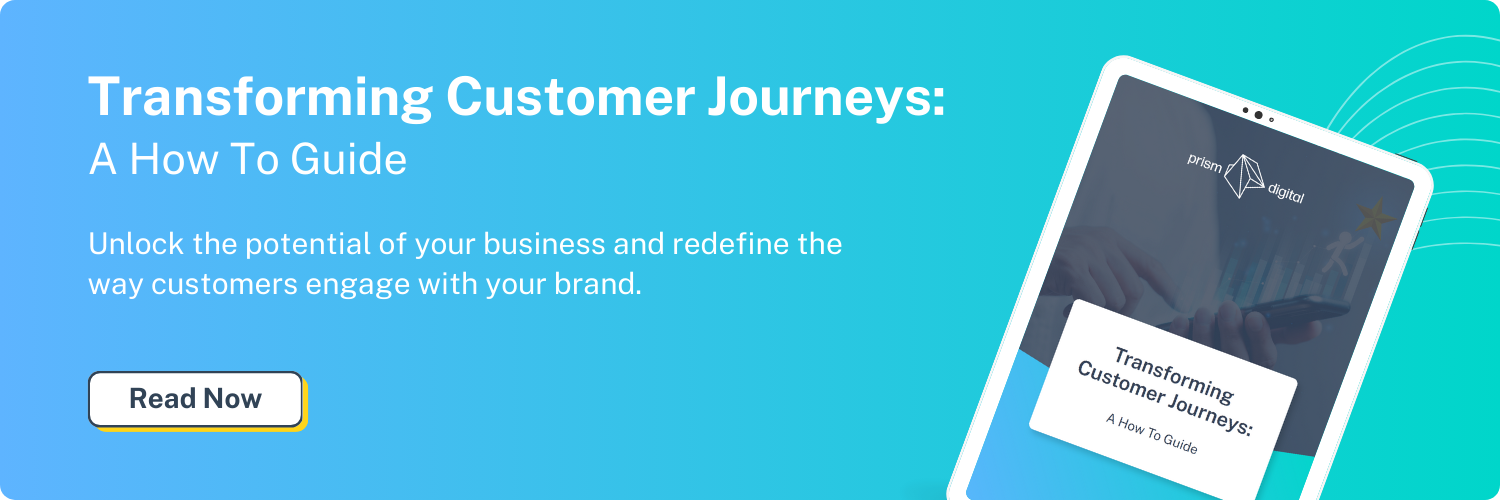Lead nurturing emails are a crucial component of a successful marketing strategy, helping you build relationships with potential customers and guide them through the buying journey. Here's some compelling statistics:
Lead nurturing statistics
- Companies that nurture leads make 50% more sales at a cost 33% less than non-nurtured leads. (HubSpot)
- Nurtured leads usually make 47% larger purchases than their non-nurtured counterparts. (The Annuitas Group)
- Lead nurturing emails get up to 10x the response rate compared to standalone email blasts. (The DemandGen Report).
- B2B marketers that implement marketing automation have reported increased sales pipelines by as much as 10%. (Biz Net General)
- Average click through rates for leads that have been nurtured is 8% higher than non-nurtured leads. (Mail Shake)
Key reasons why lead nurturing is important
- Lead nurturing allows you to establish and cultivate relationships with potential customers over time. It helps you move beyond transactional interactions and fosters trust and credibility.
- Potential customers often go through a complex buying journey before making a purchase decision. Lead nurturing helps guide them through each stage of the journey, providing relevant information and support.
- Nurtured leads are more likely to convert into paying customers. By providing valuable content and addressing their needs, you increase the chances of them choosing your products or services.
- Effective lead nurturing can accelerate the sales cycle by providing the right information at the right time. This reduces the time it takes for a lead to move from the awareness stage to the decision stage.
- Nurturing existing leads helps keep them engaged and interested in your offerings, reducing the likelihood of them becoming disengaged or seeking solutions from your competitors.
- Lead nurturing allows you to extract more value from your marketing efforts. By nurturing leads, you increase the likelihood of turning them into high-quality, revenue-generating customers.
How to create effective lead nurturing emails
#1 Segmentation
Segment your leads based on their interests, behavior, and demographics. This allows you to send targeted and relevant content that resonates with each group.
#2 Personalization
Personalize your emails with the recipient's name, company name, and other relevant details. Use dynamic content to tailor the email to the lead's specific interests and actions. Storytelling is a fantastic way to engage leads emotionally and help them connect with your brand's narrative. Once you get to grips with your audience's preferences, determine the optimal frequency and timing of your emails, this way you can avoid overwhelming leads with too many.
When using ChatGPT for email nurturing, it's essential to maintain a conversational tone and focus on providing valuable, personalized content. Using ChatGPT to craft engaging subject lines and email body content can be a quick an effective way to get your emails started. But remember, it won't understand your audience's pain points and interests, so you'll need to tailor your emails accordingly.
#3 Value-oriented content
Provide valuable and educational content that addresses the lead's pain points and challenges, rather than pushing products. Consider sending a series of emails that gradually educates the lead about your industry, product, or service. Each email should build upon the previous one.
#4 Clear and compelling subject lines
Write subject lines that grab the recipient's attention and convey the email's value. Keep them concise and relevant to the content inside.
#5 Clear call to action (CTA)
Include a clear and prominent CTA that guides the lead toward the next step. Use action-oriented language and make it easy to understand.
#6 Progressive profiling
Gradually collect more information about the lead over time. Avoid overwhelming them with too many form fields in one go.
#7 A/B testing
Test different elements of your emails, such as subject lines, CTAs, and content, to identify what resonates best with your audience.
#8 Mobile optimization
Ensure your emails are mobile-friendly and display correctly on various devices and screen sizes, so you can provide your leads with a seamless reading experience.
#9 Metrics and analysis
Track open rates, click-through rates, conversion rates, and other relevant metrics to assess the effectiveness of your lead nurturing emails. Use the data to refine your strategy.
#10 Nurture leads at different stages
Tailor your lead nurturing emails to correspond with where leads are in their buying journey. Provide content that aligns with their level of awareness and engagement.
Content that talks to your customers
By following these best practices, you can create lead nurturing emails that effectively engage your leads, provide value, and ultimately drive conversions and customer loyalty.
At Prism Digital, crafting strategies and implementation tactics tailored to your specific audience and goals is what we’re all about. Our content creators are experts at crafting quality content that informs and impresses the reader, so we can convert prospects into customers.
.png?width=200&height=73&name=Logo(1).png)


